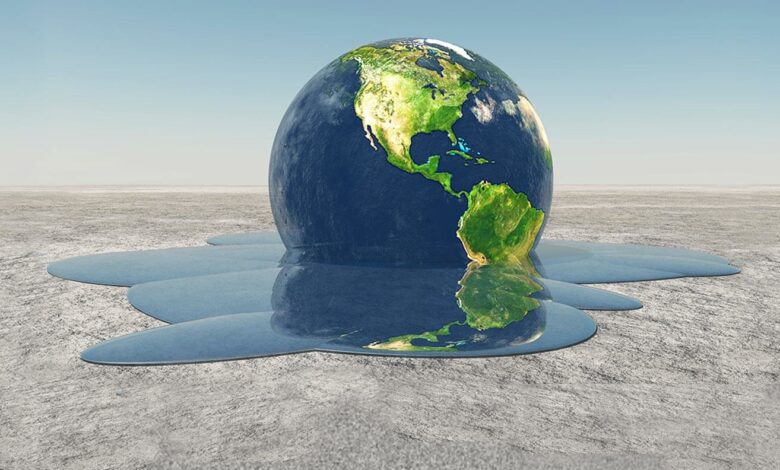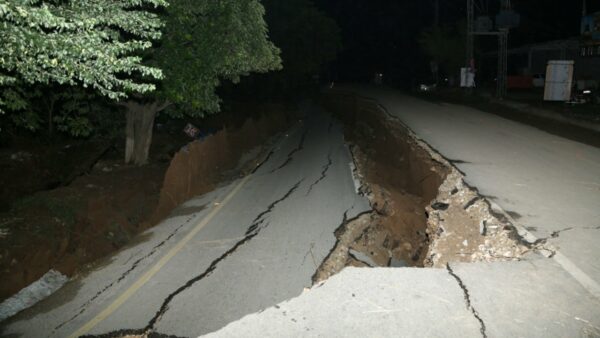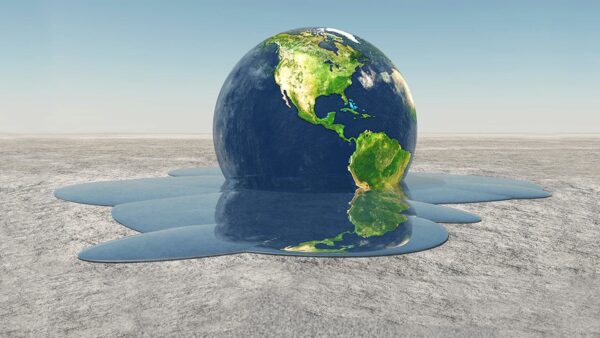How long does it take climate to recover? Are we irreparably damaged even in 21st century?

Climate change, a global issue that is in the mouth of every single person living out there but is not given the precise attention that it needs. Every single year, we, through our carefree attitude towards the environment and not sustainable activities, are degrading the condition of the environment and its climate. The thing that we don’t realise is that all that we are doing is coming straight back at us, and we are putting no one but our own selves in danger.
Every action has a consequence, and what we are doing to our environment right now, climate change is the consequence of it. The whole system of climate has been ruined by our unsustainable actions. The delayed monsoons, the all-time high heat during the summer, which has become so unbearable, the late incoming of winters and whatnot, all these are signs from the environment that its condition is getting worse every single day.
However, while we all know that the condition of climate has been degrading a single day, not many of us know much time it takes for the environment to come back to the average level after getting this affected by the actions of people who are acting very carelessly. Let us discuss about the recovery of the climate and every single thing related to it in this article.
After the recent warning was given by the Intergovernmental Panel on Climate change that the average global temperatures would breach the two degree Celsius mark by 2100 as compared to the pre-industrial times, in order to ascertain how much time it takes for the climate to recover from the rise caused by the activities of human beings, an international team was formed.
How long does it take for climate to recover?
The international studied how much time will it take for the climate to recover from this rise by studying a global temperature rise which took place 56 million years ago. The next thing that we are about to tell you will definitely shock you. The findings which the team ascertained revealed that it takes near about 20,000 to 50,000 years for the climate to come back to the average level after there is a rise of five to eight degrees Celsius in the temperature.
How do we know? These results were published recently in the Journal of Science Advances. Therefore, it is very clear that it takes a very huge amount of time for the climate to come back to the average level, but we still aren’t giving enough consideration to the environment.
Near about 56 million years ago, our world witnessed a global rise in the temperature naturally, which was triggered by a volcanic eruption. This volcanic eruption led to a sudden increase in the temperature globally. This period was scientifically known as Paleocene – Eocene Thermal Maximum. The explosion led to the release of an enormous amount of carbon dioxide released into the atmosphere.

This caused about 8 degrees Celsius surface ocean warming in the high latitudes. There were many other effects of this too. Several studies have suggested that this also led to the acidification of water bodies which led to the massive extinction of many water organisms. Along with this, there were changes in the biota in the surface ocean.
You might be wondering how the team studied about something which happened millions of years ago, right? Well, we have an answer for this too.
The team generated their studies by analysing the rocks, single-celled marine organisms, clay minerals as well as lithium isotopes. All of these widely helped them in ascertaining what happened during that period of time, which was millions of years ago.
How? Due to the actions of global warming, there would definitely be weathering of rocks.
These weathered rocks, when dissolved, releases a large amount of lithium into the nearby water bodies and therefore, by studying the isotopes of lithium, we can easily understand the amount of erosion. What was the use of clay minerals? These clay minerals from the bottom of the sea were used in order to study the isotopes of lithium stored in the water bodies.
There is one more advantage. Lithium is so special for this study because it is not used at all by biology or plants at all, which is true in the case of very few elements only. Therefore, signals from growing as well as dying plants do not affect lithium at all. Along with this, the lithium isotopes have their relationship changed by the process of weathering.

Therefore, lithium served to be very beneficial for this study as it is the only available element that is affected by weathering only and not by anything else. This acts as an excellent advantage for the study.
Moreover, the international team also examined the planktonic foraminifera, which is also known as single-celled organisms with calcareous shells that were formed nearly millions of years ago.
The question which arises now is whether the temperature will decrease in the recent years after all or not? Let us find out.
According to the explanation given by Professor Philip, in terms of stabilisation timing, the difference between PETM and the present era is that during the PETM, the warming was more (8 degrees Celsius). Still, the process of it was slower, while in the current era, we are witnessing a rise of 3-4 degrees Celsius, but the process of it is much faster than the rate of rising temperature during PETM.
Moreover, he explained that the recovery of the climate would probably be broadly similar in timings with maybe three-four years in plus or minus. However, all the team findings will hold true only if there is a significant reduction in the levels of carbon dioxide.

Can other greenhouse gases affect the rate of climate stabilisation in the world? He explained that both Methane and Nitrous oxide are enormous problems in the short term, but the only good thing is that they do not stay in the atmosphere for much longer, unlike carbon dioxide. Moreover, methane is removed from the atmosphere through weathering. Therefore for any single person looking at a timescale of more than a hundred years ago, carbon dioxide is the critical player for hampering the condition of the environment.
Further, the professor also talked about the rising keen interest in whether we will be able to use the process of weathering in order to remove the carbon dioxide from the atmosphere artificially. These can be used on more valuable timescales for us. The process which we discussed above is known as enhanced weathering.
In enhanced weathering, people speed boost the process of weathering by grinding up all the rock into powder in order to help it weather faster and then ploughing it into the fields, where it helps in eliminating carbon dioxide and act as a fertiliser for the fields.
This process is currently at the field experiment stage in a lot of areas in the world. It has the potential to become very successful in reducing and eliminating carbon dioxide from the environment. However, we all need to raise our concerns for the environment and should keep a check on our activities so that we do not engage in those harming our environment.
edited and proofread by: nikita sharma




